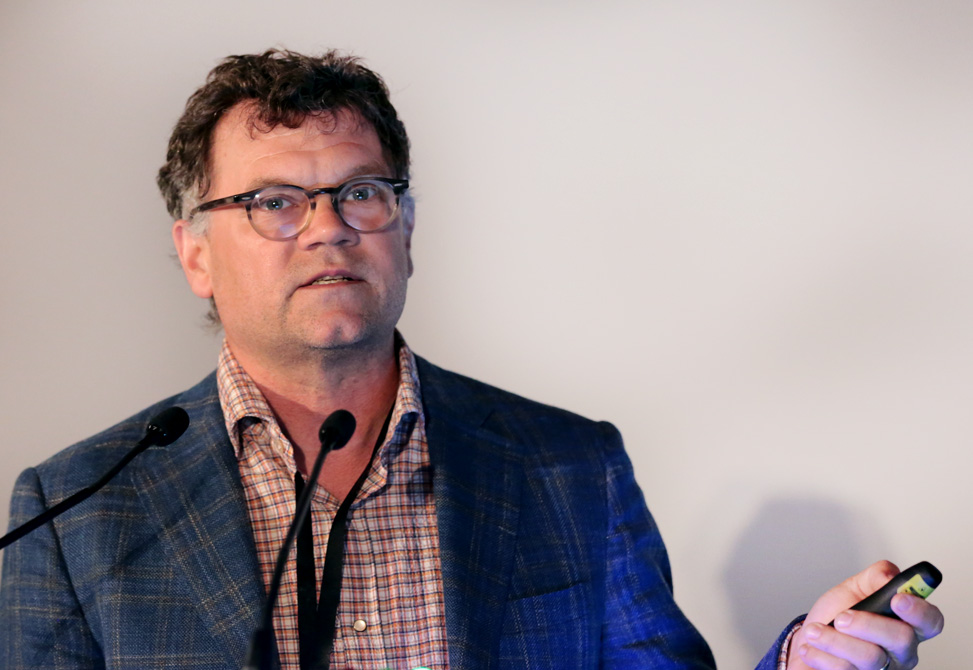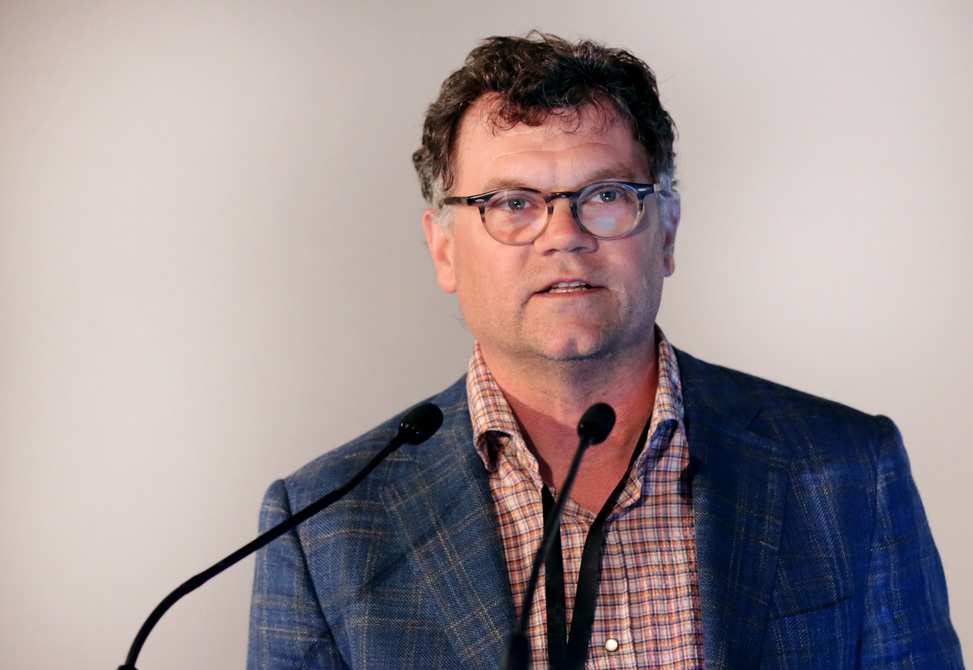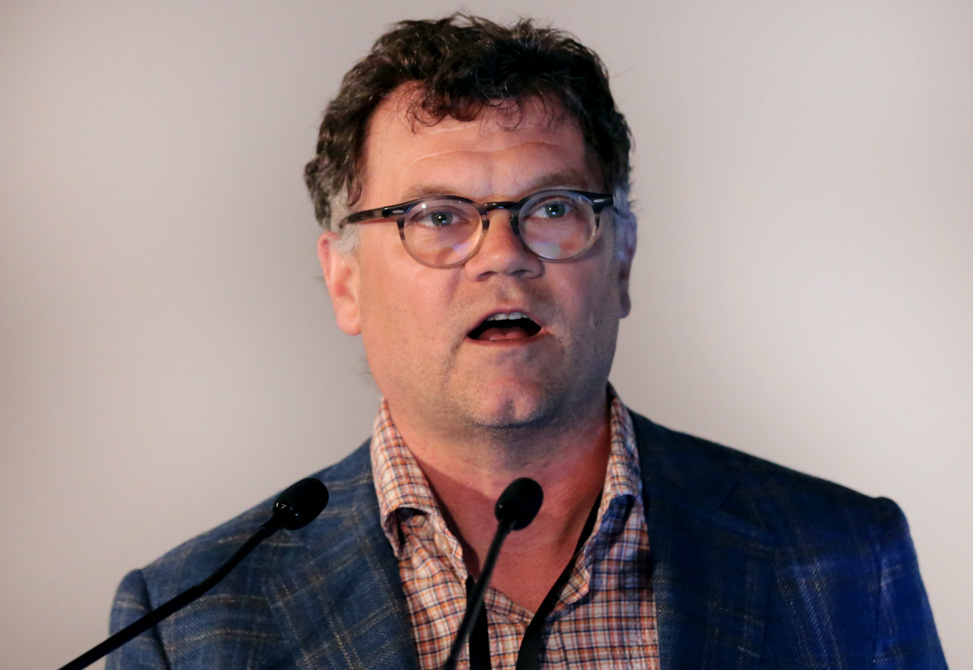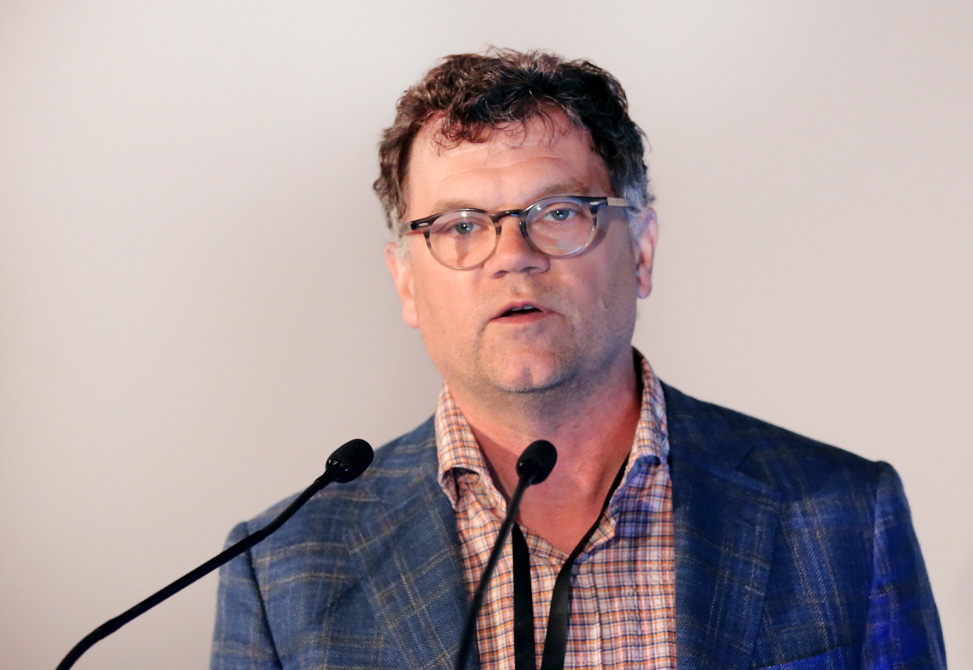Scott Lokey
University of California, Santa Cruz
Talk Session: SESSION 6: PEPTIDE LIBRARIES, ARRAYS AND PROTEOMICS
Date: Monday, June 13, 2022
Talk Time: 02:20 pm - 02:45 pm
Talk Title: Passively Permeable Cyclic Peptide Scaffolds: An Abundance of Diversity
Originally hailing from Lubbock, TX, Scott spent his youth in the Southland. He moved to Marietta, GA at a young age before sauntering back to the great state of Texas to the Plano/Dallas region where he remained for his High School years. Scott attended Trinity University, a small, Liberal Arts College in San Antonio, TX. At Trinity Scott embraced the diverse range of classes that college offers and became enamored with both hard sciences like chemistry and rich humanities such as philosophy.
Somewhere between refuting a philosophy professor’s portrayal of Buddhism and starting research in organometallic chemistry with Dr. Nancy Mills, Scott’s passions began to coalesce around Chemistry and its related fields. The reward of sussing out solution to a problem in the lab and the thrill of discovery kindled the passion for research that would eventually grow into a career. After his undergraduate work, Scott embarked on his PhD at UT Austin and joined Dr. Brent Iverson’s research group where his research focused on the development of “pi-foldamers”, oligomers that fold in aqueous solution based on pi-stacking interactions, and polyintercalating peptides.
After earning his Ph.D., Scott took a break from academia and traded in his southern drawl and cowboy boots for a backpack and ventured off on a solo, Round-The-World trip. Scott visited exotic places such as Vietnam, Thailand, and India which Scott cites as being the most challenging and new culture he imbibed. Perhaps it was because of some persistent Kashmiri carpet salesmen that persuaded him to purchase a few fine rugs on his dad’s credit card or perhaps it was the vastness of the people and geography, but after stopping by Dharamsala and hanging out with the Tibetans in exile, Scott made his way back to familiarity via Cairo, Bulgaria, Munich and finally home.
Upon return to USA Scott began a Post Doc at Genentech in South San Francisco, CA where he continued to pursue computational and combinatorial approaches to pharmaceutical challenges. His next Post Doc was at the newly formed Institute of Chemistry and Cell Biology at Harvard Medical School where he worked with Dr. Timothy Mitchison in high-throughput screening endeavors.
In 2002 Scott made his way back to the West Coast, joined the chemistry faculty at UCSC, and started his own research lab. After settling into his new role as PI and professor, Scott began to accrue funding for a screening center for the department through the NIH and US State Department In 2007 the UCSC Chemical Screening Center was born and has facilitated a number of high-throughput assays for his own group’s research as well as that of the other members of the department. His research group focuses on understanding the complex relationship of stereochemistry and N-Methylation patterns as they pertain to cell permeability and further, utilizing this relationship to create diverse and permeable drug scaffolds with exquisite selectivity that constrained peptides offer.
Scott’s passion and genuine enthusiasm for Chemical Biology is as infectious as it is inspiring. As research continues, Scott seeks to solidify the Lokey Group as a bastion of knowledge and creativity in the realm of constrained peptides.
Research
Permeability Assay Development
Most membrane permeability assays are done either in cell-based systems like CACO-2 or non-membrane cell-free systems such as PAMPA. We are developing a liposome-based permeability system designed to reflect passive permeability in a physiologically accurate phospholipid bilayer.
Solid Phase Synthesis Methodology
We are developing new methods for the construction of cyclic peptides inspired by natural products such as cyclosporine A, the destruxins, and aureobasidin E. Many of these cyclic peptides contain backbone modifications such as N-methylation and lactone, depsi, linkages, which serve to increase their structural diversity and enhance membrane permeability and metabolic stability. We are interested in new synthetic methodologies that facilitate the synthesis of natural product-like libraries of cyclic peptides that contain these non-proteinogenic amino acids and linkages.
Cyclic Peptide Libraries
We are using diversity-oriented synthesis techniques to generate large libraries of cyclic peptides inspired by natural products. We are using the principles learned from the study of model systems to bias the library members toward membrane permeability and metabolic stability.
Inhibition of Protein-Protein Interactions
The structural complexity of many natural products sets them apart from common synthetic drugs, allowing them to access a biological target space that lies beyond the enzyme active sites and receptors targeted by conventional small molecule drugs. Naturally occuring cyclic peptides, in particular, exhibit a range of biological activities whose diversity is reflected in their rich structural variety. Many of these compounds penetrate cells by passive diffusion and some, like cyclosporine A, are clinically used, orally bioavailable drugs. These natural products tend to have molecular weights and polar group counts that put them outside the norm based on classic predictors of “drug-likeness”.
Because of their size and complexity, cyclic peptides can show greater specificity and potency for biological targets compared to smaller acyclic compounds, and they may provide useful scaffolds for modulating more challenging biological targets such as protein-protein interactions and allosteric binding sites. Our research focuses on cyclic peptide natural products from a structural perspective, in the hope of uncovering trends that might account for their unexpected pharmacokinetic behavior.
Cyclic peptide natural products often exhibit the drug-like properties, for example, cell permeability and even oral absorption, of classic small molecule drugs while showing antibody-like potency and specificity toward "undruggable" targets such as protein-protein interactions.
As we continue to outline the factors that govern passive membrane permeability in cyclic peptides, we have been delighted to discover that existing cyclic peptide natural products represent only a tiny fraction of potentially permeable scaffolds.
We have developed a powerful mass-encoded library-based approach toward the discovery of novel, passively permeable scaffolds which has enabled illumination of the chemical space that supports passive membrane permeability in large, >9-mer, macrocyclic peptides.
I will discuss our latest investigations into the effect of backbone-side chain interactions to enhance solubility without compromising permeability, as well as the use of DNA-encoded technologies to further enhance scaffold discovery.







